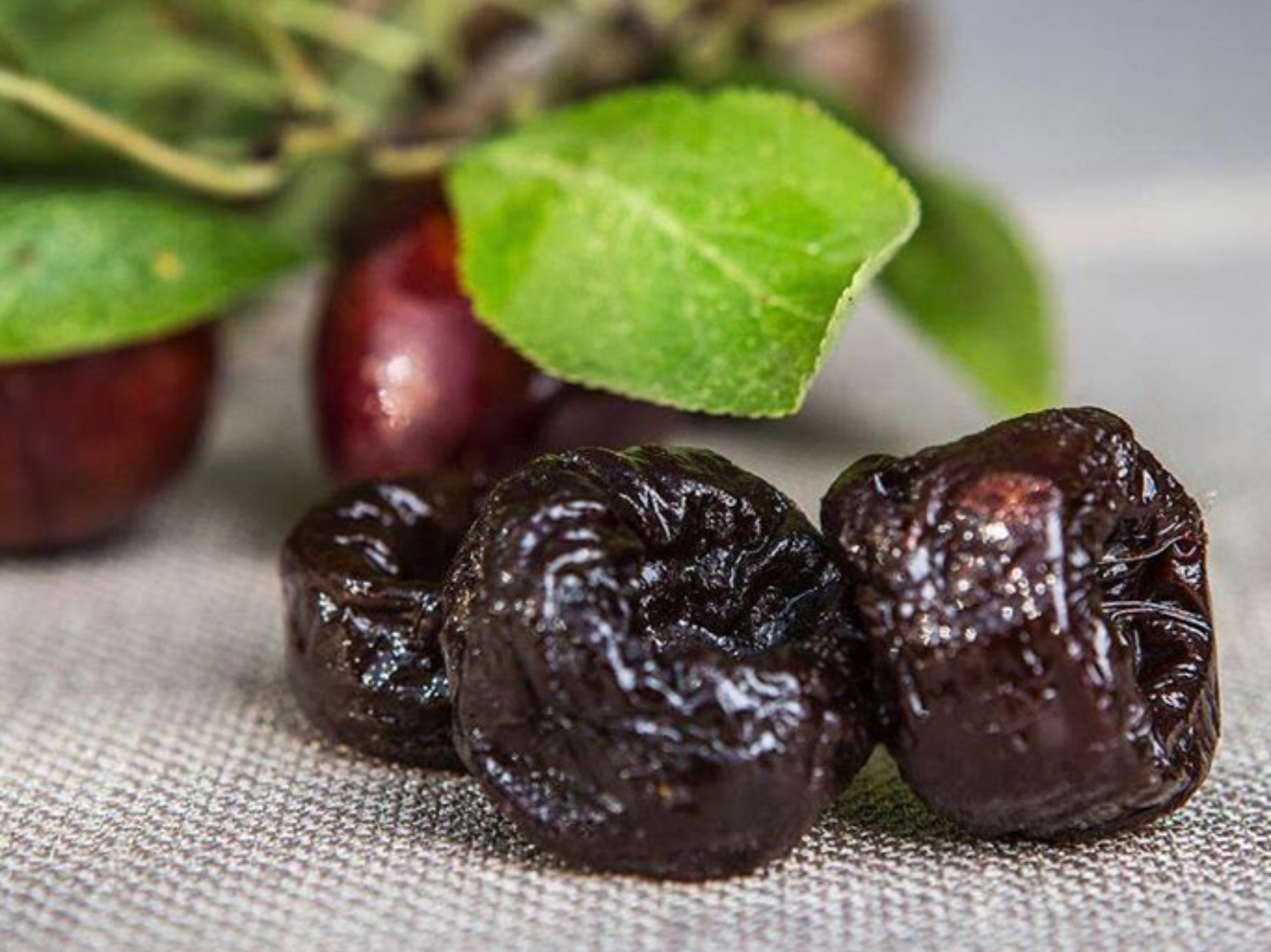Sebastián Valdés Lutz, business director, will be a speaker at the 11th. EXPO Ciruelas Secas, organized by Chileprunes, previewing what will be its exhibition on the new competitors that are on the horizon.
In the global prunes industry, there is always talk of the four major producers: France, the United States (rather, California), Argentina and Chile, the latter being the main exporter of this fruit in the world.
However, for the commercial engineer and business director, Sebastián Valdés, it is always important to be observing new entrants, those who, due to price or an innovative offer, are capable of quickly gaining market share.
In agriculture, he says, prices are moved mainly by movements in supply, which is the one that usually has the most expressive fluctuations due to climatic conditions in the short term. This is what we have experienced in recent years, with the supply contracted by “climatic events” in California, France and Argentina, and with the rise of fresh European plums in Chile, which kept the price of prunes at very high levels.
The entry of new suppliers validated by the market would have the opposite effect, therefore, the development of “the other competition” must be closely monitored.
The case of Uzbekistan is an example and a reality, both for the volume it has reached and for the markets it is supplying. Although in 2016 it exported close to 20 thousand tons per year, now that figure reaches 33 thousand, making this nation the third largest exporter in the world, just a little behind the second, the United States. And if before it placed its products in neighboring countries, now it makes more noise, because a significant percentage of its volume goes to China and Russia, relevant markets for Chile.
The case of China is a greater threat, but less tangible. The case of walnuts comes to mind, when in one year (2019) the volume exported by Chile was practically equal, “which overheated and misaligned the market until today. Unofficial figures speak of nearly 50 thousand hectares planted with European plum trees, four times what Chile has, which is undoubtedly scary if a significant portion dehydrates,” adds Valdés.
On the other hand, there are also Serbia and Moldova, which have a long tradition of drying plums, marketing and exporting, and which have recently been organizing to give greater value to their product and make it more competitive. Their volumes are not negligible and are quite close to those of Argentina, for example.
The invitation for the next Expo Ciruelas Secas 2024, which will take place in March, at the Monticello Events Center, is to evaluate the risks and how to face them, “it is about weighing them, measuring them, and seeing well how risky they actually are, for our industry in the medium and long term,” says the expert.



